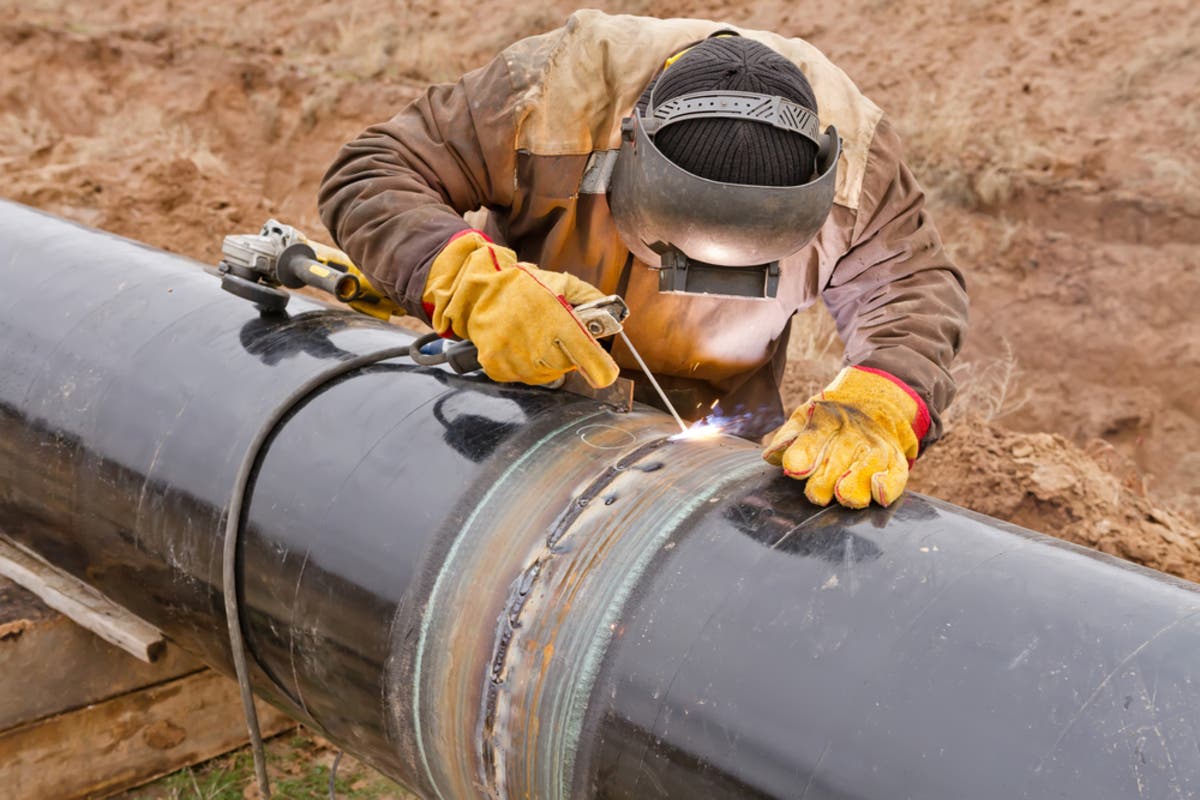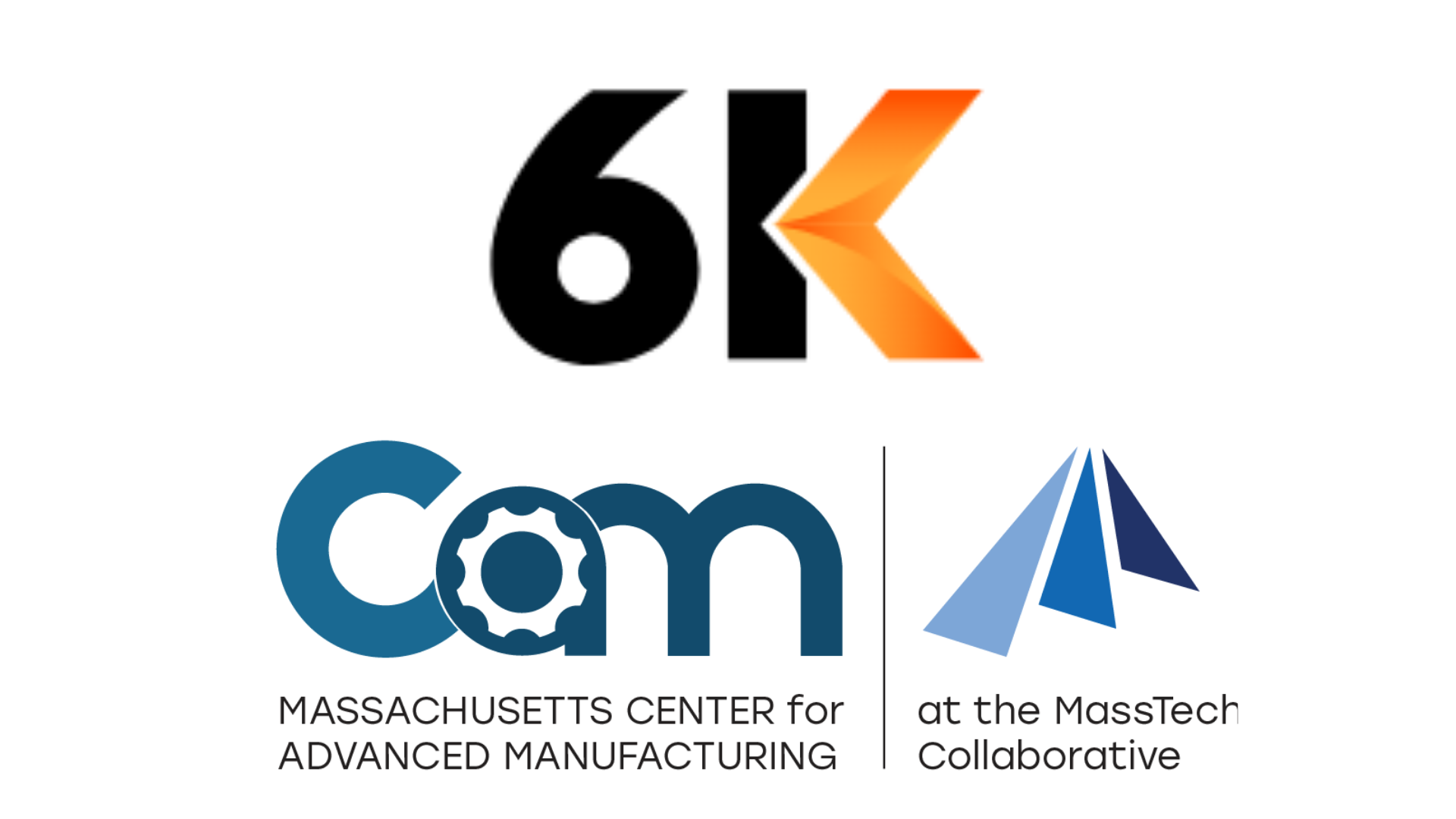
DMAIC is a model for process improvement and it comprises five steps: Define, Measure, Analyze, Improve, Control. Six Sigma professionals commonly use DMAIC to improve the quality of a company. However, it can be used independently as a structured and effective continuous improvement process.
Dmaic (Quality Methodology) is a method of reducing defects, costs and rework. It is a proven method to ensure that products are of high quality and are efficient and consistent in performance, thus improving overall customer satisfaction.
Using DMAIC is an easy way to solve issues in a business and it can be used to improve a variety of processes, including those that affect customer satisfaction, product quality, cost reductions, rework and cycle time. It's an important component of any program to improve quality.
The DMAIC is a structured method of problem solving that helps organizations eliminate the root causes behind a particular issue. The model employs a top-down methodology and an approach that is systematic. This makes it easy for teams to implement data-driven and foolproof changes.

It is an important tool in Lean Six Sigma as it gives teams a clear and structured way to solve quality issues. This is important, especially for complex problems with unknown causes and the risk of inaction.
Understanding the criteria to be met is essential before choosing a DMAIC. It's also important to be aware of the tools available during this process. These include fishbone charts and Pareto chart.
Once you've selected a project and qualified it for DMAIC, you can begin the process by identifying its needs and goals. It is best to select projects that are relevant to the current state of the business and that meet the criteria for using DMAIC.
In the Define phase, DMAIC requires that the problem to be solved and the scope of improvement are clearly defined. This is often done in a formal project charter, but it can be more informal as well. It specifies the CTQ (critical-to-quality) issues, as well as the core processes and scope of the project.
This is an important step in the DMAIC process because it enables teams to understand which issues must be addressed first, how much work they will need to do and what metrics they should use to track success. This step also allows teams to identify a project champion, which is crucial for the success of a DMAIC project.

In the Measure phase teams compare the data collected from the current state to the desired state. This data is used to find gaps and opportunities for improvements. This can be achieved by implementing different tools such as frequency plots, scatterplots or statistical analyses.
After analyzing the data teams identify potential solutions for the problem and test to ensure they work. They then implement these solutions and verify the results.
FAQ
What are my options for learning more about manufacturing
The best way to learn about manufacturing is through hands-on experience. You can also read educational videos or take classes if this isn't possible.
What does manufacturing industry mean?
Manufacturing Industries is a group of businesses that produce goods for sale. Consumers are people who purchase these goods. These companies use various processes such as production, distribution, retailing, management, etc., to fulfill this purpose. They make goods from raw materials with machines and other equipment. This includes all types if manufactured goods.
Can certain manufacturing steps be automated?
Yes! Yes. The Egyptians invent the wheel thousands of year ago. Today, robots assist in the assembly of lines.
There are many uses of robotics today in manufacturing. These include:
-
Automated assembly line robots
-
Robot welding
-
Robot painting
-
Robotics inspection
-
Robots that produce products
Automation can be applied to manufacturing in many other ways. For example, 3D printing allows us to make custom products without having to wait for weeks or months to get them manufactured.
Statistics
- According to the United Nations Industrial Development Organization (UNIDO), China is the top manufacturer worldwide by 2019 output, producing 28.7% of the total global manufacturing output, followed by the United States, Japan, Germany, and India.[52][53] (en.wikipedia.org)
- Job #1 is delivering the ordered product according to specifications: color, size, brand, and quantity. (netsuite.com)
- You can multiply the result by 100 to get the total percent of monthly overhead. (investopedia.com)
- It's estimated that 10.8% of the U.S. GDP in 2020 was contributed to manufacturing. (investopedia.com)
- Many factories witnessed a 30% increase in output due to the shift to electric motors. (en.wikipedia.org)
External Links
How To
How to use 5S in Manufacturing to Increase Productivity
5S stands to stand for "Sort", “Set In Order", “Standardize", and "Store". Toyota Motor Corporation was the first to develop the 5S approach in 1954. It allows companies to improve their work environment, thereby achieving greater efficiency.
This method aims to standardize production processes so that they are repeatable, measurable and predictable. Cleaning, sorting and packing are all done daily. These actions allow workers to perform their job more efficiently, knowing what to expect.
There are five steps to implementing 5S, including Sort, Set In Order, Standardize, Separate and Store. Each step involves a different action which leads to increased efficiency. By sorting, for example, you make it easy to find the items later. Once you have placed items in an ordered fashion, you will put them together. Then, after you separate your inventory into groups, you store those groups in containers that are easy to access. Finally, label all containers correctly.
Employees need to reflect on how they do their jobs. Employees must be able to see why they do what they do and find a way to achieve them without having to rely on their old methods. They must learn new skills and techniques in order to implement the 5S system.
In addition to improving efficiency, the 5S system also increases morale and teamwork among employees. As they begin to see improvements, they feel motivated to continue working towards the goal of achieving higher levels of efficiency.